About
The following article is about how we have balanced units in our space sci-fi RTS, Five Nations. Five Nations is a futuristic real-time strategy game that follows the events of a mind-bending opera of space about the survival of humanity. As a game designer working on an RTS, the most demanding aspect of my job is to make fully balanced fractions with a great variety of units. Designing units, with unique attributes, interesting characteristics and construction processes is extremaly challenging the say the least.
Resolution
Our main goal is to design units with:
- Unique roles,
- Strengths and weaknesses,
- Cool personality,
- Balanced data and attributes.
Step 1. Defining the Unit statistics
Everything starts with the definition of the unit’s attributes:
- Hull: used to specify the amount of damage a unit can withstand before it is destroyed.
- Unit class: explained later.
- Shield: energy field that could protect the unit’s Hull. Shields can be regenerate slowly. (there are a number of weapons that can pass the shield and hit directly the units hull)
- Armor: a value which reduces the damages against the unit’s hull. (some weapons ignore the vessels armor). Armour does not affect shield damages.
- Hangar capacity: represents how many “Fighter class” units can be carried.
- Speed
- Vision: Line of sight.
- Collusion area: This value represents the unit’s size. Units with bigger collision area can be hit easily.
- Weapons: A list of the unit’s primary and secondary armaments and equipments.
-
Resources:
- Metal: Metal cost.
- Helium-3: Helium-3 cost.
- Tachyion: Tachyon cost. (usually, the capital ships requires tachyon.)
- Place: Population cost.
- Building time: How many seconds it takes for the unit to build.
(It is likely that throughout the process of designing the units, the main attributes turn out imperfect and we need to go back and reach out for more variables.)

In Five Nations units are like “containers” which can have a wide variety of Weapons. These armaments and types of equipment define the units the best. Contrary to Starcraft: Brood War, Age of Empires where units usually have only one unique weapon we decided to provide ourselves with the ability to mix a wide range of instruments for each individual unit. Weapons main attributes are:
- Damage to hull: Amount of damage the weapon does to the hull.
- Damage to hull upg/level: How many additional damages the weapon deals per upgrade.
- Damage to shield: Amount of damage the weapon does to shield.
- Damage to shield upg/level: How many additional damages the weapon deals per upgrade.
- Range: How far the weapon can shoot/effect.
- Velocity: Projectile’s initial speed generated by the weapon.
- Acceleration: Rate of change of velocity of the projectile with respect of time.
- Max Velocity: Projectile’s maximum speed.
- Accuracy: Weapons precision in %. 100 means the weapon’s projectile always hit the target point.
- Splash dmg range: Range of damage unintentionally dealt with a unit not being directly targeted by the weapon
- Splash dmg on allies?: Boolean of weapon can hit their allies.
- Cooldown: Amount of time that the weapon must wait in between attacks.
- Homing?: Boolean of weapon’s projectiles can follow its target.
- Minimum range: A potential minimum distance a projectile can attack units.
- CAF: Can aim Fighter class - some weapons can’t attack small, fighter class units. This boolean defines that the weapon can aim fighters.
- CHF: Can hit Fighter class - there are possibilities to a weapon cannot aim fighters but can hit accidentally them. If this value is 0, the weapon cannot hit the fighters.
- COAB: Can only aim Building - there are certain weapons that are specialized to destroy constructions and stations only.
- Targeting: In Five Nations weapon’s projectiles/shells collide with hostile spacecraft or constructions regardless of their initial target. This solution offers many opportunities in micromanagement (for example player can place the big capital ships with a huge amount of hull and shield in the front line, while the smaller vulnerable “artillery” units attack from behind. Targeting=1 means that the unit’s projectile collides only with its target.
- Specialty: Weapon unique abilities.

Okay, it can be seen, that we have a lot of data which can be variable and customizable the units. Initially, we thought it was enough to make unique units, counter units...etc. For example, we can make
- units with a great amount of hull but lack of shield,
- units which are specialized to tear down shields easily but weak against the hull.
- fast and micro-oriented vessels,
- artillery ships,
- “sniper” units,
- support units...etc.


Step 2. Traditional Balancing method - the Rock-paper-scissor solution
“In most RTS games you would prefer if the players built several different kinds of units. A game could be interesting even with only one major unit type, but people may complain that it’s all about “massing units,” which will hurt your reviews. The standard way of enforcing this is to make sure that all units have at least one weakness. This weakness can be exploited by your opponent, and thus forcing you to mix up your units a little.” Oxeyegames.com
Well, the article is absolutely right and this is equally the very foundation of balancing units in Five Nations. In this part we have decided to study the biggest RTS games on the market:
- Empire Earth - one of my personal favorite childhood RTS, but the balancing was terrible: they used the simplest rock-paper-scissor method. Units can be too easy to kill with counter units. A lot of information, unit abilities wasn’t clear and wasn’t revealed during the game, and only can be found in long manuals. Another bullshit in this game is that the resource piles can’t be exrected.
- Total Annihilation - great game with a huge variety of units. But most of the units are totally unused. So we decide to follow the “less is sometimes more” method. Another negative point is the economy which we found too simple to adapt in Five Nations.
-
Age of Empires 2 - This is a good game! I spent tons of hours playing with this precious. This games also follows the rock-paper-scissor method, but was much more balanced and more understandable than Empire Earth. When we took it again and played with it we noted a lot of useful solutions.
- The game have more than 2 resources, in this way the economy was little more complicated than in other RTS games. We decided to use this kind of economy in Five Nations.
- Great variety of research options.
- Ages, the periods of civilization advancement in the game. Brilliant idea, but we couldn’t find its place in Five Nations.
The only thing which we did not like in AoE2 that the units compared with starcraft are lack in characteristics.
-
Starcraft - This game is age like fine wine! A sample of the perfect balancing! I don’t think i have to introduce SC in detail, so let’s get to the solutions which we really like and try to adapt in Five Nations:
-
Types of buildings. Each race starts with a “Town hall” type building, where like in SC the almost all workers are produced, resources are collected and technology begins. There is some difference in Five Nations for example, workers don’t deliver the resources directly in the “Town hall”. Each race has a unique resource gathering method. For example in Human Federation the processing of raw materials is composed of two separate steps.
- Step 1: The Engineer Shuttle obtains the raw material from the asteroid, then carries it to the Mining Station
- Step 2: Icarus transports the processed raw materials to the Command Station, which – after the receipt – can immediately be used for building stations, manufacturing or developing space shuttles.
- Unique races. All five races in Five nations have their own strengths and weaknesses as well units, structures, researches and micro/macro mechanics.
- Micro- and Macromanagement. We really respects the developers and designers work in Blizzard. They make a brilliant micro and macro oriented game.
- Cool unit personalities.
-
Types of buildings. Each race starts with a “Town hall” type building, where like in SC the almost all workers are produced, resources are collected and technology begins. There is some difference in Five Nations for example, workers don’t deliver the resources directly in the “Town hall”. Each race has a unique resource gathering method. For example in Human Federation the processing of raw materials is composed of two separate steps.

Okay, now it may seem like we want to clone Starcraft. Actually, we want to make a different, deep space oriented game, but in any case we honestly admit that we learned a lot from it.
-
Command and Conquer Red Alert 2 - “Red Alert 2 is one of the most polished, best-conceived, and downright enjoyable real-time strategy games in recent memory.” The units in RA2 are an amazing mix of land, sea and air forces. Maybe the only problem is that the fractions are unbalanced. For example, the I win a lot of match with the allied by only producing rocketeers, but anyway the game had a lot of potential such as:
- Mobile construction Vehicles (MCV): I personally really like this idea, a unit which is the foundation of field base by deploying into it. In the early state of the designing we wanted a planet/planemo colonization system in the game, but my colleague Bence suggested that do not limit the players macro expanding potentials. We’ve been thinking a lot about what would be a good and acceptable solution, and then the idea was born! We introduced a similar “MCV” system in Five Nations as well. Similar but not the same, because in FN the “Town hall” type buildings providing power to nearby stations. Players can build stations/structures only inside this radius. (There are some exceptions like refinery and extraction stations.)
Step 3. The easiest and most straightforward technique of balancing: land, air (and naval) units
When it comes to balancing, visually displaying unit movement dimensions is undoubtedly one of the silver-bullet that we could have employed (ground, air, water etc). Nevertheless, our greatest concern was that the entire game takes place in deep space and therefore it makes no sense to design land vs air, land vs land or air vs air specialist units. Instead of making “floating” space platforms where land units could have only moved we decided to make something more logical (of course nothing can be really logical in a space war but whatever...).
We don’t want to make “hidden” or “abstract” type of abilities like units with red shield are weaker than units with green lasers...etc. Our solution was to make different unit classes with different concrete and acceptable characteristics.
- Fighter class: small and vulnerable units which are extremely mobile (can pass through almost every obstacles) and not attackable by many units (like the air units in traditional RTS games.)
- Corvette class: light and mobile units, but instead of the fighters they can’t pass through obstacles like asteroids and wrecks. They specialized to deal with the fighters
- Cruiser class: specialized and armored vessels. They are usually weaker against Fighters but strong against Corvette units.
- Battleship class: these fearsome capital ships combining an “all-big-gun” armament with protection. Although they are the dominant weapon of the Five Nations they are also expensive and slow units with lack of anti-fighter weapons.
- Carrier class: Warships that serves as a moving spacebases, equipped with spacecraft facilities and hangars. The main role to carry the vulnerable fighters.

All right guys, this is the end of the first part of my article. I’ll continue very soon, stick around!
240119-dialogs-merged.mp4 240119-fed-story-merged.mp4 240119-Prequel-Simcity-merged.mp4 sylon-encounter-variance-1.mp4 athrael-sylon-skirmish.mp4 federation-simcity-scroll.mp4


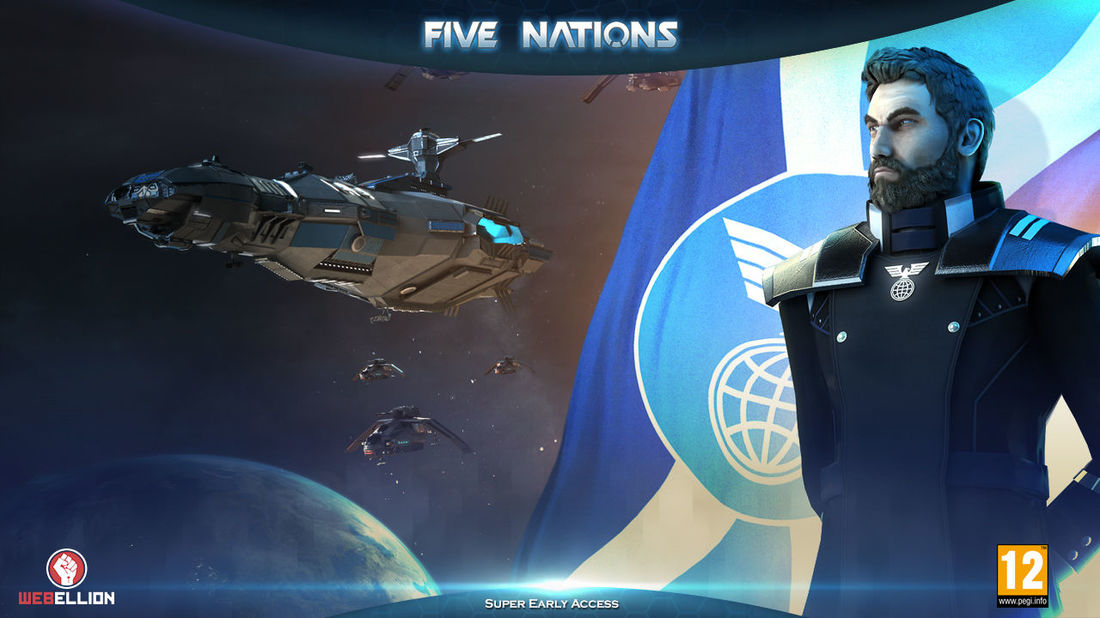
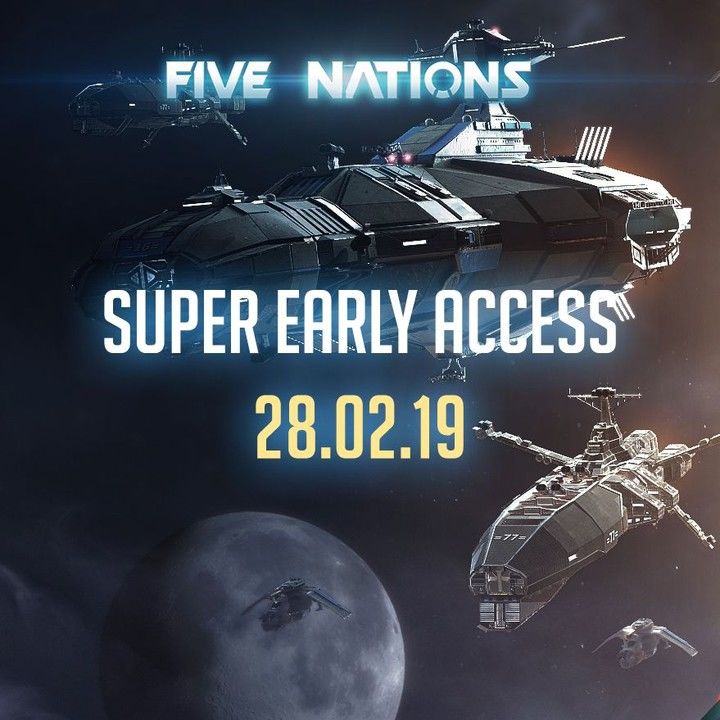
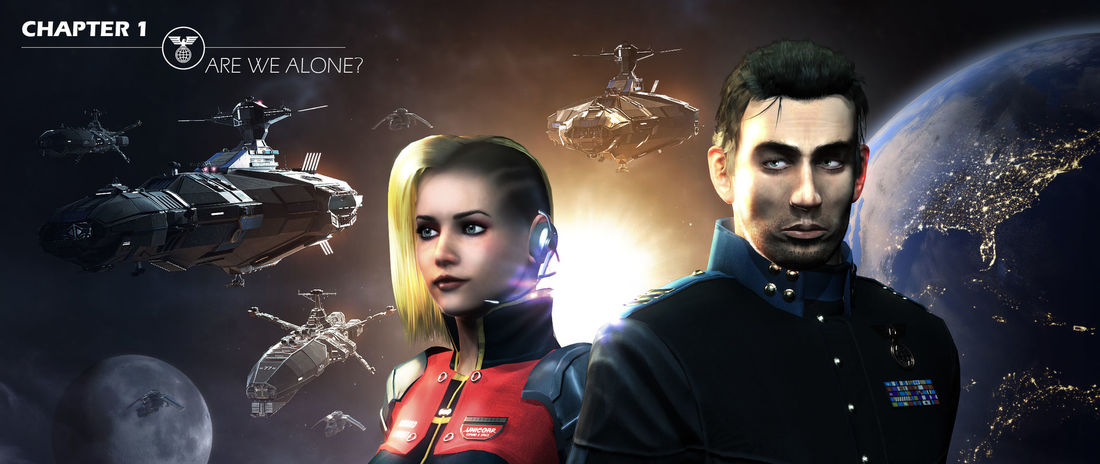
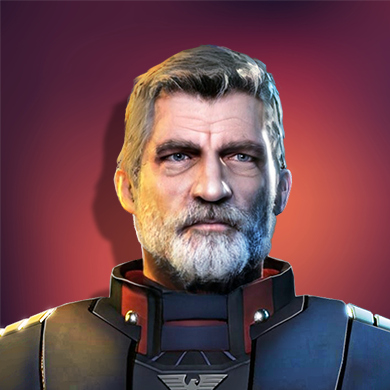

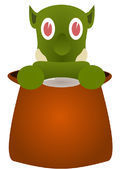
This artwork is stunning. A strongly influenced initial attraction to the article. Has that warm fuzzy feeling we search to enjoy. If you're open to an interesting nit pick, when you mention names in the middle of step 1, I felt a interest fall off for some reason. I feel that sentence describing unit unique weapon slots in the genre can be conveyed without finger pointing. Going into the article, I had hopeful thoughts of advanced organization or fresh ideas. ... In the middle of step 2, I'm thinking wait...StarCraft what? Ah, the lead in for step 3, the decision. It feels a little like picking up a fiction book while wanting something a little more technical. I yield, understanding balancing is an art all in its own. Something that is hard to see when an individual does not know what it looks like. Still, I think many here would appreciate a little deeper dive into the 'why our set is better' in the final list rather than concluding with the end unit type overview and a glorious splash of color.
Just stunning... and hopeful for part two.
Apologies, I thing I'm having an honesty morning.